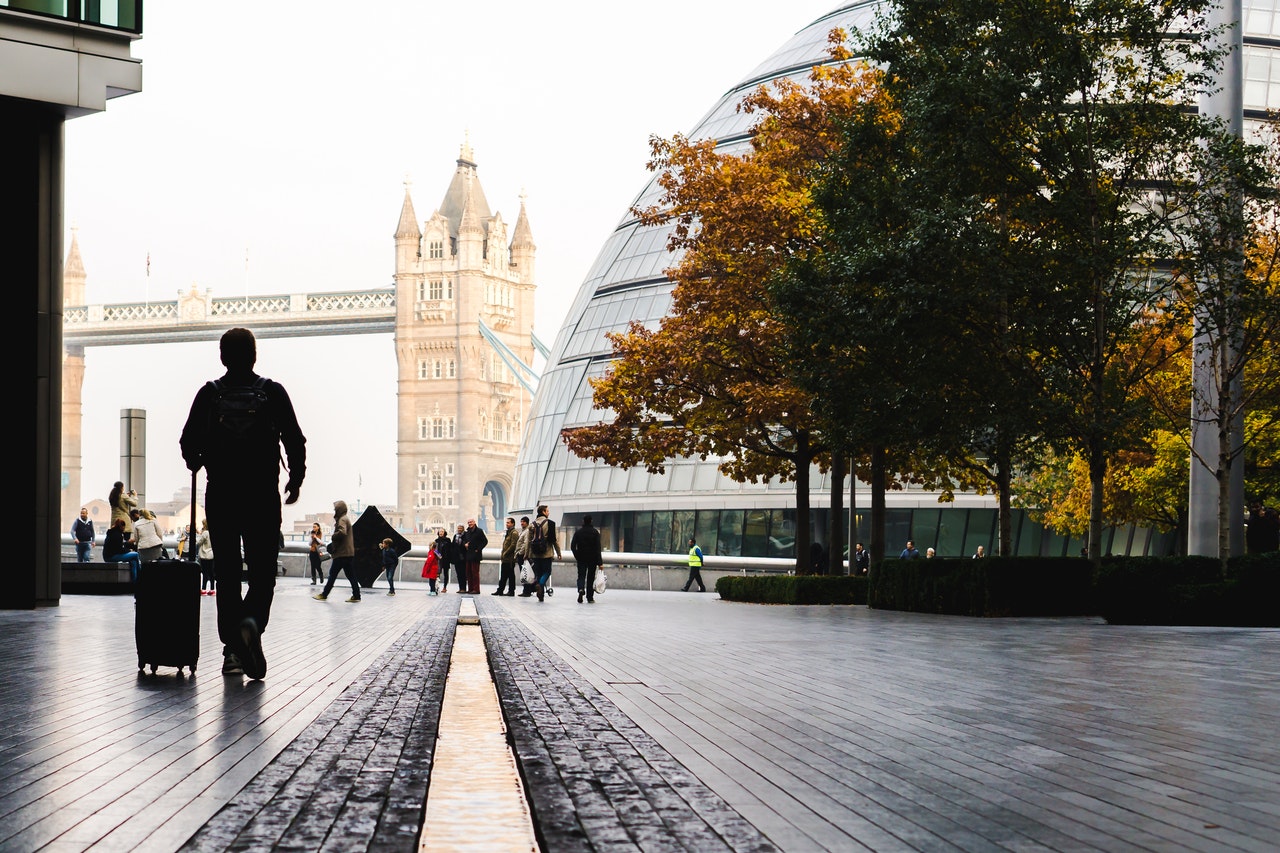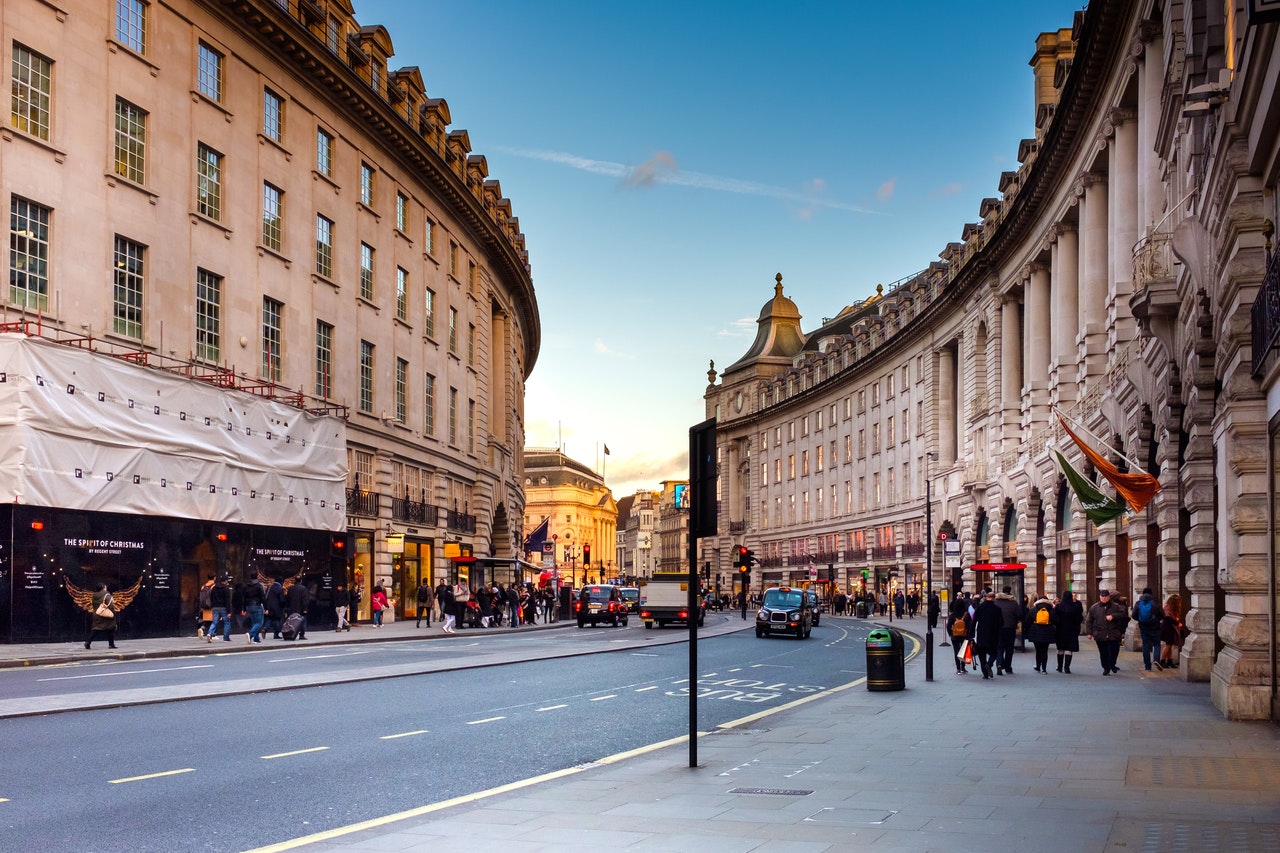Data from the Centre for Cities High Street Recovery Tracker reveals that Eat Out To Help Out is helping the high street, but workers are resisting the Government’s calls to get back to the office – with average weekday city centre footfall showing no change at all since early July.
Using mobile phone data, the tracker shows that the Eat Out to Help Out scheme has encouraged more people to visit city and town centres.
On average on Monday to Wednesday evenings in early August visitor numbers were 8 percentage points higher than in late July.
But the scheme has been less effective in large cities. In London, the number of city centre visitors on Eat Out to Help Out nights was just 3 percentage points higher than the same nights in late July – one of the lowest increases in the UK.
In contrast, average footfall on Eat Out to Help Out nights in small cities was on average 10 percentage points higher than in late July and in medium sized cities it was 14 percentage points higher.
Seaside towns appear to have been some of the biggest beneficiaries of the Eat Out To Help Out scheme and the good weather. With a 23 percentage point increase in Monday to Wednesday night visitors, Bournemouth has had the biggest Eat Out To Help Out boom. Meanwhile Southend, Blackpool and Brighton have also benefited.
NOW READ: One in seven want to leave London because of coronavirus
The number of workers heading back to the office has increased in fewer than half of the UK’s biggest city and town centres.
In central London and Manchester, early August weekday footfall rose by just one percentage point compared to the early July. While Leeds, Bristol and Nottingham all saw no change and in Birmingham city centre the number of workers has fallen this summer.
The persistently low numbers of workers going back into city centres, particularly in big cities, reinforces the concerns for the future of shops, cafes, restaurants and bars that depend on office workers for custom.
Summer has bought better news for businesses in some places. Seaside towns in particular have seen some of the biggest boosts in visitors since the beginning of July with Bournemouth, Blackpool, Southend and Brighton all seeing increases.
But, again, overall footfall in bigger cities is much weaker than in smaller places. Central London’s overall footfall increased by just five percentage points since early July, and Manchester and Leeds’ by 7 percentage points.
On the other hand, footfall in small cities increased by 14 percentage points and medium-sized cities by 18 percentage points over the same period.
For the latest headlines from the City of London and beyond, follow City Matters on Twitter, Instagram and LinkedIn.








